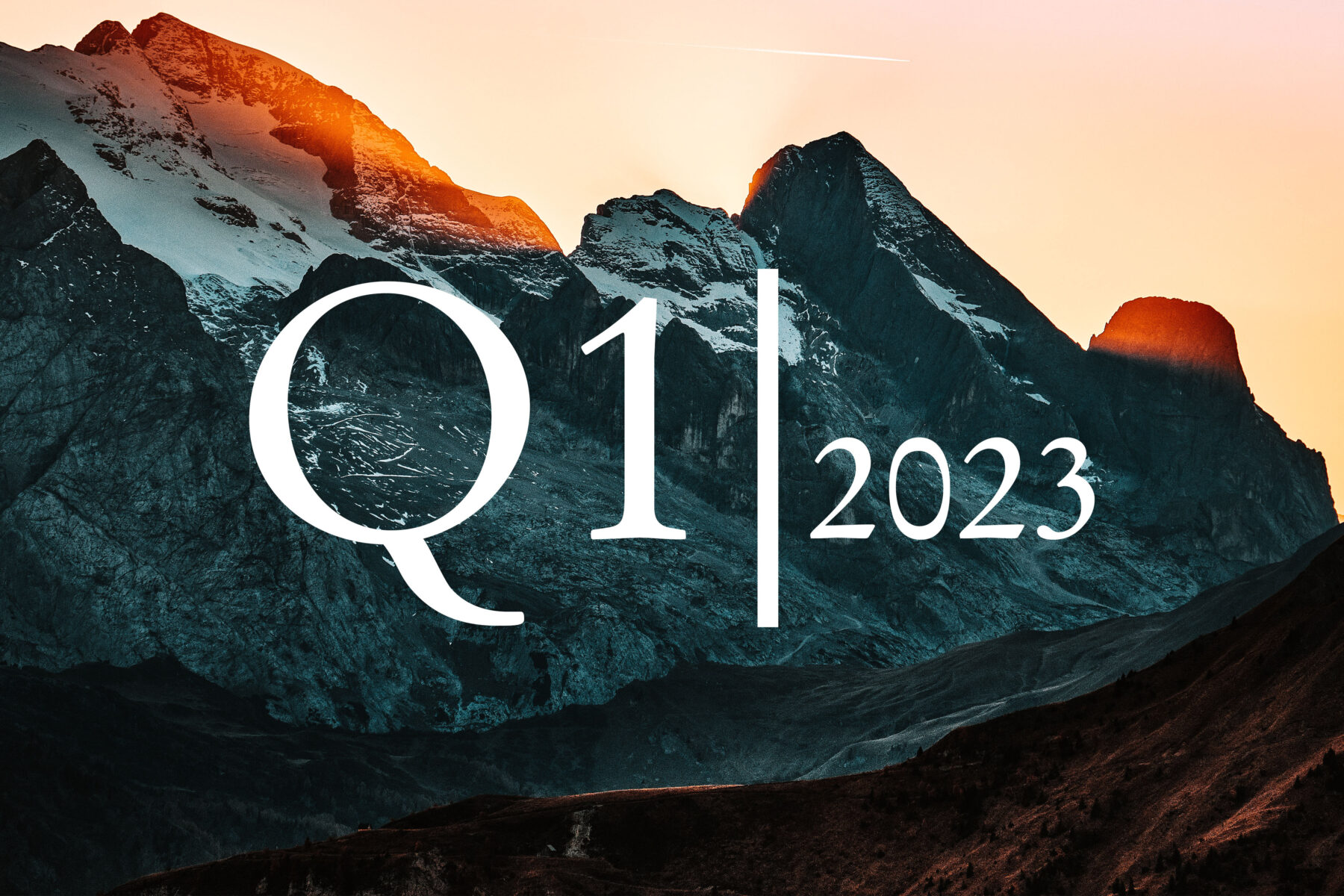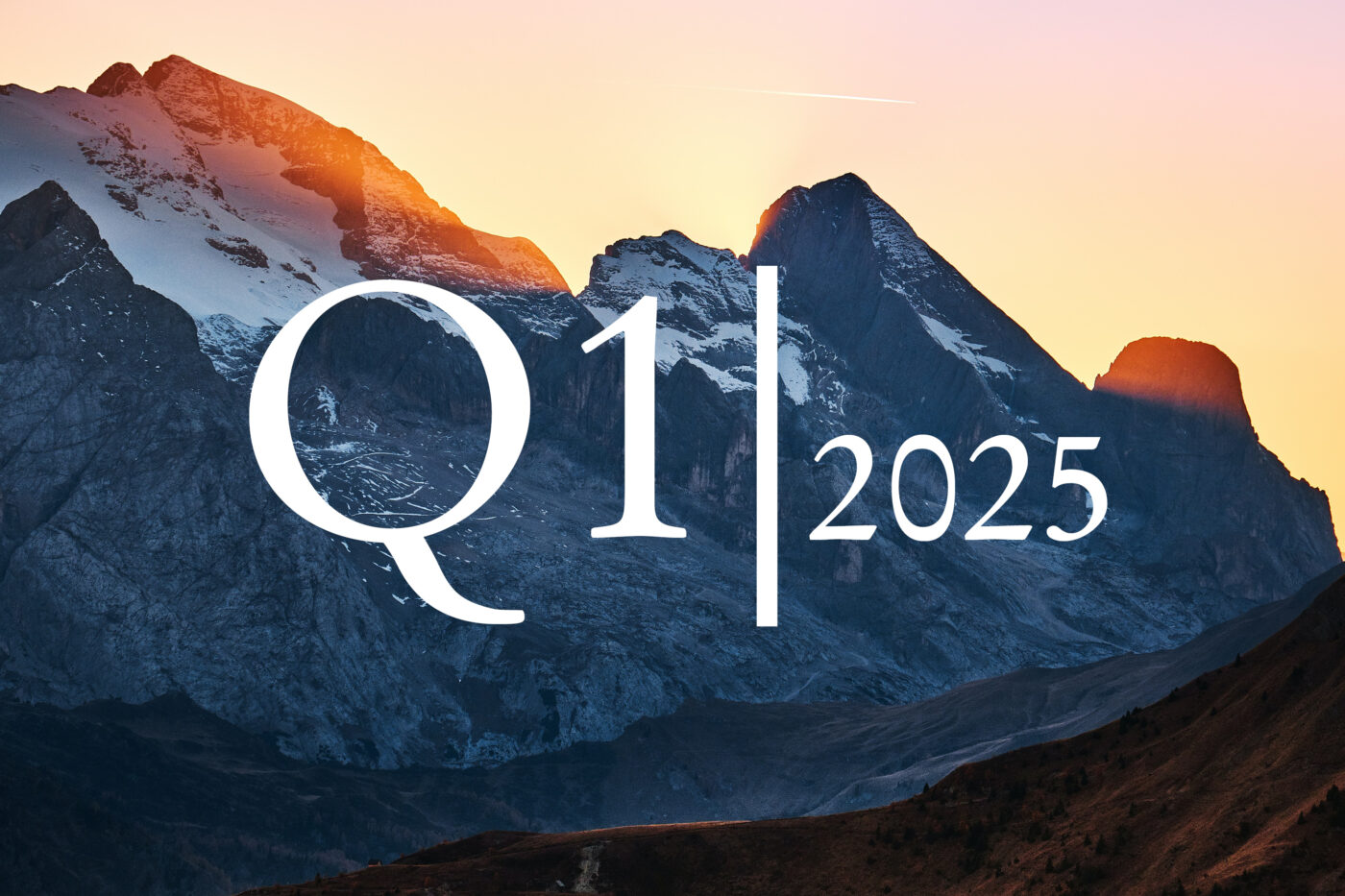In a nutshell
Putin's war: Higher energy and food prices hit consumers and businesses.
But the outlook has brightened somewhat: Europe's gas storage facilities are full, inflationary pressures have peaked in the US and are about to do so in Europe.
Central banks are stepping on the brakes - but the end of the interest rate cycle is in sight.
Mild recession in the US, harsh winter in Europe.
The situation is dire …
As 2022 draws to a close, the situation remains difficult. The US economy is losing momentum, Europe is apparently already in recession and China is not getting a grip on its internal problems. Many emerging markets are suffering from higher interest rates, an overvalued US dollar and weakening global trade. Since many central banks tightened their interest rate policies once again in December and the radical monetary policy turnaround of 2022 is only likely to take full effect in the course of next year, the global economy is likely to stutter even more than before in the coming months.
… but the outlook has brightened somewhat
Bad news about the global economy is unlikely to surprise any investor. Instead, the chances are increasing that the setback could be somewhat less severe than it had appeared to be three months ago. There are two main reasons for this:
Firstly, Europe has managed to fill its gas storage almost to the brim at the start of the heating season, even though Russia has closed the most important pipelines. The risk that gas will have to be forcibly rationed this winter has diminished. As Europe is better equipped for the winter than expected, market prices for gas and electricity have also eased since late summer.
Secondly, inflation in the US has apparently peaked. This reduces the risk that the US Federal Reserve will raise its key interest rate to well over 5% next year. The end of the interest rate cycle has not quite been reached yet, but it is clearly closer.
The big inflation hump
Increase in consumer prices, year-on-year comparison, in %.
Europe: Recession until spring 2023
The skyrocketing prices for energy and food have hit the European economy hard. After consumers treated themselves to a good holiday season in the summer after two years of COVID-19, the region appears to have slipped into recession in the fourth quarter, as expected. Given the high cost of energy, consumers are likely to cut back significantly on their spending on other goods and services this winter. In recession, private investment and foreign trade in goods are also likely to decline. However, given the continued high demand for labour, unemployment will rise only slightly.
New upswing in summer 2023
Once the winter is over and the gas market has eased a little further, the euro economy could pick up again in the summer of 2023. From then on, the rise in incomes could also be above the inflation rate again, so that consumers have a little more money in their pockets in real terms. As soon as the presumably mild US recession comes to an end in autumn 2023, exports could also pick up again.
EU gas storage
Level in %; difference to the minimum in percentage points.
Transatlantic Difference
Unlike Europe, the US is suffering primarily from home-grown inflation. With its late but all the more forceful turnaround on interest rates, the Fed is likely to dampen demand in such a way that the US economy stagnates in early 2023 and the US then falls into a mild recession by autumn 2023 – with declining consumption and less investment, especially in residential construction. For China, there are signs that the country will slowly relax its rigid zero-covid policy. At the latest, when the seasonal contagion risks decrease again in spring 2023, its economy could stabilise again.
The highest inflation in 40 years
In the US, price pressure has apparently already passed its peak. While wage increases remain high for the time being, somewhat lower prices for petrol and used cars are providing relief for consumers. There are also signs of a turnaround in some services. As the labour market gradually loses momentum, wage pressures may also slowly ease. Unlike in the US, however, many consumers in Europe will have to brace themselves once again for higher electricity and gas prices in January, even if governments will cushion the shock to some extent.
In the coming year, inflation rates on both sides of the Atlantic could decline noticeably. Then the rise in energy prices in 2022 will gradually drop out of the year-on-year comparison. The winter recession in Europe and the emerging dampener for the US economy can contribute significantly over time to largely solving the current supply chain problems. Transport costs are also likely to fall further. This will help to both dampen inflation and reinvigorate buoyancy.
Central banks shift course -
interest rate peak in sight
To prevent high inflation from becoming entrenched, the Fed and – somewhat more hesitantly – also the ECB are stepping on the interest rate brakes. In the US, the key interest rate could reach 5.25% at the beginning of 2023. As soon as the Fed sees enough signs that the recession has sufficiently dampened inflationary pressures, it will then lower rates again somewhat, probably starting in H2 2023. However, the Fed will not hold this in prospect for the time being. The ECB could raise its main refinancing rate to 3.5% by March 2023, followed by a recession-related pause for the rest of 2023 and a reduction to 3% by mid-2024.
Growth and inflation forecasts
Autor




